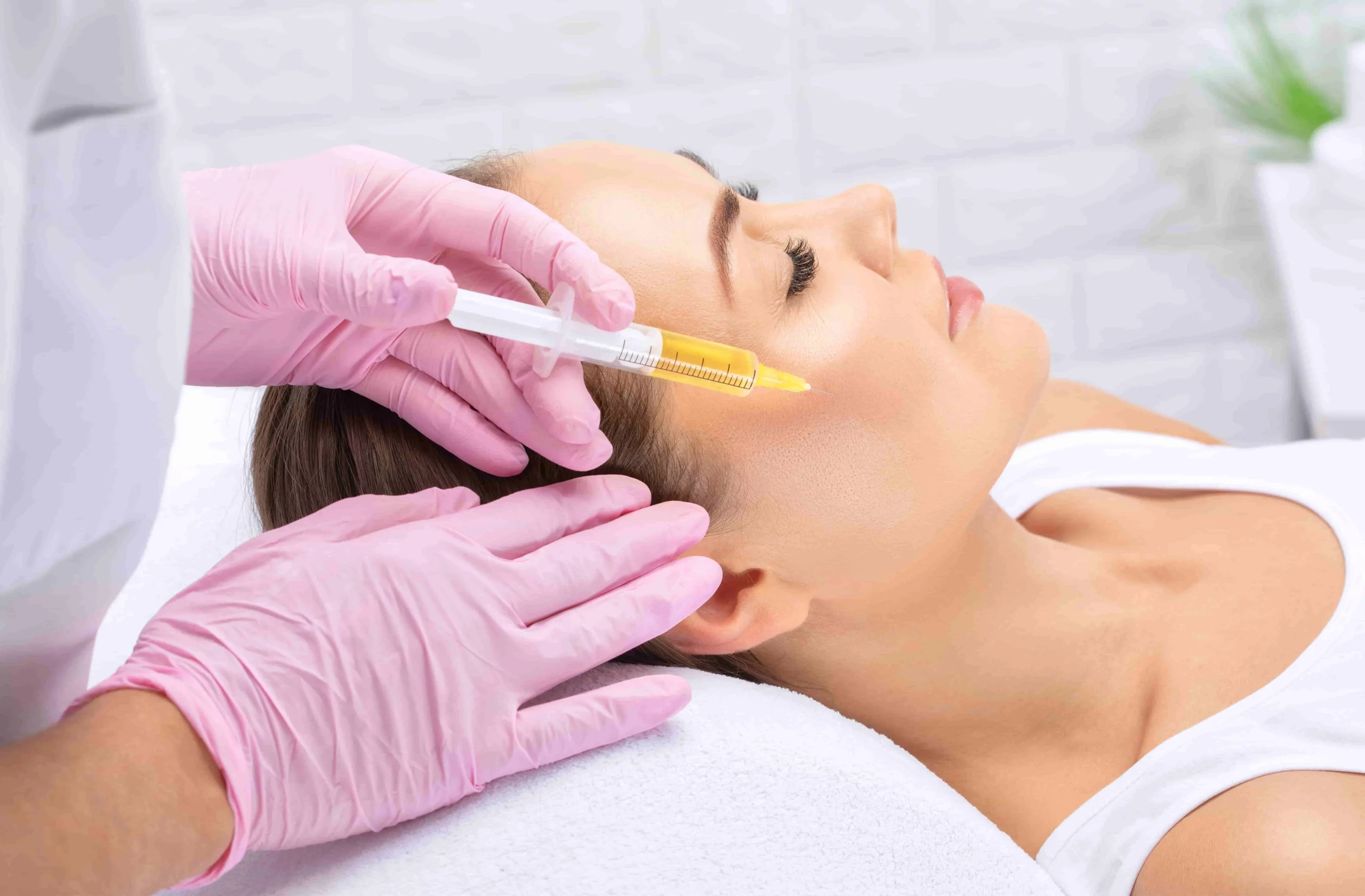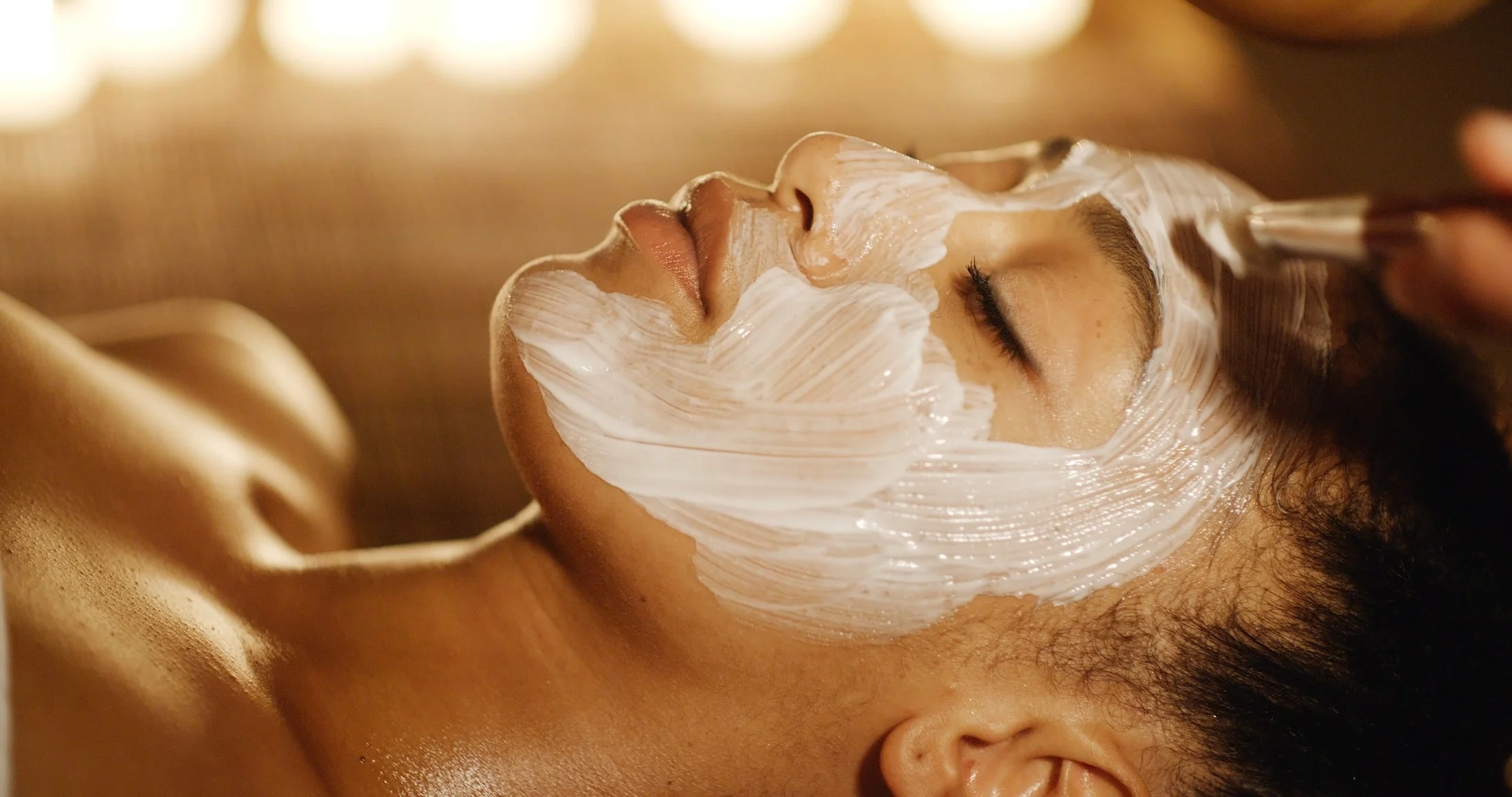Have you noticed your cheeks losing their fullness, causing your face to look older or more tired than it once did? Facial volume loss is a common concern as we age, often resulting in a sunken appearance that disrupts overall facial harmony.
Luckily, advancements in cheek augmentation offer effective solutions to restore lost volume, improve contour, and enhance facial proportions.
This guide delves into the causes of facial volume loss, the best augmentation options available, and what you can expect from each treatment.
By the end, you’ll have a clearer understanding of which procedure aligns with your aesthetic goals and how it can rejuvenate your appearance.
Understanding Facial Volume Loss
Facial volume loss occurs primarily due to a natural decline in collagen production, fat loss, and its redistribution. Additional contributing factors include:
- Aging: As we age, the fat pads in our cheeks shrink and descend, leading to a flatter, sunken, or sagging appearance.
- Bone Resorption: The underlying bone structure decreases over time, further worsening volume loss.
- Muscle Mass: Like the rest of the body, muscles in the face become smaller as we age.
- Lifestyle Factors: Sun exposure, smoking, and poor skincare can accelerate collagen depletion, making volume loss more noticeable.
- Weight Fluctuations: Rapid weight loss can cause the cheeks to appear hollow and less defined.
Options for Cheek Augmentation
1. Fat Transfer Technique
Fat transfer is an effective method for cheek augmentation. It involves extracting fat from areas like the abdomen or love handles and injecting it into the cheeks.
This procedure restores facial proportions and balance by using the patient’s own fat cells, minimizing the risk of allergic reactions or rejection. Since the fat is enriched with your stem cells, the results are long-lasting and natural-looking, offering a permanent solution for facial volume restoration.
The process ensures a smooth, youthful contour without visible scarring or extensive downtime, making fat transfer an excellent option for those seeking a non-synthetic alternative.
2. Cheek Implants
Cheek implants offer another approach to cheek augmentation. These implants, made from materials like solid silicone, Gore-Tex, or Medpor, are surgically placed through incisions inside the mouth or lower eyelid to enhance cheek projection and definition.
Although implants provide a more permanent solution compared to fillers, they come with a longer recovery period and a higher risk of complications. Some patients may experience shifting or asymmetry over time, requiring further adjustments. However, for those seeking a defined structure with consistent results, cheek implants remain a viable option, especially if there is insufficient fat available for grafting.
3. Cheek Fillers for Immediate Results
For those seeking non-surgical cheek augmentation, fillers provide a quick and effective solution. Composed of hyaluronic acid or other biocompatible substances, these dermal fillers offer immediate volume enhancement and contouring.
Fillers can also be customized to suit individual facial structures and preferences, making them a great choice for those who want flexibility and gradual enhancement. While the results are temporary, lasting anywhere from a few months to 2 years, fillers provide a non-invasive way to restore facial fullness with minimal downtime.
What to Expect from the Procedure
Depending on the method chosen, cheek augmentation can be minimally invasive or surgical. Here’s what to expect:
- Consultation: Your plastic surgeon will assess your needs and recommend the best approach.
- Procedure: Fat transfer and non-surgical options like fillers take less than an hour, while surgical augmentation requires more extensive planning and downtime.
- Recovery: Mild swelling and bruising may occur, but most patients return to normal activities within days.
- Results: Fillers show immediate improvement, while surgical results evolve over weeks as swelling subsides.
Benefits of Cheek Augmentation
- Restores youthful volume and structure: The cheeks regain their natural plumpness, making the face look younger and healthier. This helps counteract the hollowed appearance caused by aging or weight loss, creating a softer and more refreshed look.
- Enhances cheekbone definition: Well-defined cheekbones contribute to a more sculpted, attractive appearance. By restoring lost volume, cheek augmentation enhances facial proportions, giving the face a lifted, improved structure.
- Reduces signs of aging, including wrinkles and sagging: Filling in hollow areas smooths out fine lines and sagging skin, resulting in a firmer, more rejuvenated appearance. This can help minimize the need for more invasive treatments down the line.
- Creates a balanced, symmetrical facial profile: Improved facial symmetry enhances natural beauty, making features appear more proportional. This balance results in a more youthful and harmonious aesthetic.
- Customizable to individual goals: With various techniques to choose from, cheek augmentation can be tailored to suit your desired look. Whether opting for permanent results with fat transfer or a temporary lift with fillers, the procedure can be adjusted to your preferences and facial structure.
Aftercare Tips
Proper aftercare is key to ensuring the best results from cheek augmentation. Follow these guidelines for optimal healing:
- Avoid touching or pressing on the treated area for at least 48 hours to prevent filler displacement or irritation.
- Stay hydrated and eat a healthy diet to support healing and maintain skin elasticity.
- Limit strenuous physical activity for at least a week to reduce the risk of complications.
- Follow post-procedure instructions from your surgeon, including the use of prescribed medications or skincare products.
- Sleep with your head elevated for the first few nights to reduce swelling and encourage even healing.
- Schedule follow-up appointments to track progress and ensure the best possible outcome.
Safety of Cheek Augmentation for Facial Volume Loss
Cheek augmentation is considered a safe and effective procedure when performed by an experienced plastic surgeon. Key safety considerations include:
- Minimally Invasive Options: Non-surgical methods like fillers come with minimal risks and require little to no downtime.
- Biocompatible Materials: Hyaluronic acid fillers are naturally found in the body and are well-tolerated by most people.
- Lower Risk with Fat Transfer: Since fat used in fat transfer techniques comes from the patient’s own body, the risk of negative reactions is extremely low.
- Potential Side Effects: Mild bruising, swelling, or temporary redness may occur but usually resolve within a few days.
- Surgical Considerations: Cheek implants require a longer recovery and may carry risks such as infection, asymmetry, or implant shifting, which should be discussed during your consultation.
- Personalized Treatment Plans: Tailoring the procedure to your facial structure and health status reduces risks and ensures safety.
Dr. Grossman’s Organic Plastic Surgery Cheek Augmentation Service
Dr. Leonard Grossman, a renowned plastic surgeon in New York, NY, brings over 25 years of experience and more than 12,000 successful fat grafting procedures to his practice.
Specializing in cheek augmentation, Dr. Grossman addresses concerns like insufficient cheek projection, flat facial contours, and lack of fullness under the eyes. Using advanced techniques and a patient-focused approach, Dr. Grossman delivers natural-looking results that enhance facial harmony and balance.
Transform your facial profile with expert cheek augmentation—schedule your appointment today!
Frequently Asked Questions
- How long does the recovery process take for cheek augmentation? Recovery varies depending on the method used. Fillers typically have minimal downtime, with most patients resuming normal activities within 24 hours. Fat transfer recovery is similar to fillers, while implants may require two weeks of recovery, with full results appearing within a few months.
- Can cheek augmentation look unnatural? When performed by an experienced professional, cheek augmentation enhances natural features without looking overdone. The key is using the right amount of volume to complement facial proportions.
- Is cheek augmentation reversible? Fillers can be dissolved with an enzyme called hyaluronidase if needed. Fat transfer results are permanent but can also be adjusted. Cheek implants require surgical removal if reversal is desired.
- What is the best age to consider cheek augmentation? There is no set age. Younger individuals may seek augmentation for enhanced contours, while older individuals may use it to restore volume. A consultation can help determine if it’s the right time for you.




